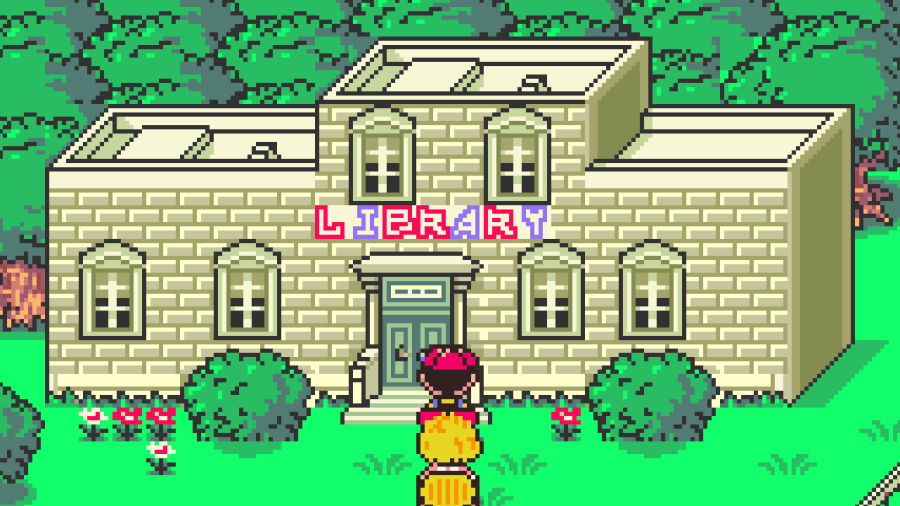Amply illustrated with imagery and quotations from across the literature and around the ancient world, the text is dense but manageable, so long as the reader can stomach frequent appeals to the collective unconscious and transpersonal archetypes, libido charges and castration fears. It all hangs together in Neumann's synoptic agglomeration of this wealth of data. Helpfully, albeit with some inevitable repetitiveness, he leads you through the argument in three distinct phases, offering perspectives from grand mythological processes first; then zooming in on the viewpoint of the individual, with a translation of the mythological material into the interplay of ego consciousness and the teeming unconscious leading up to self-transformation, or, perhaps, to neurosis; then shifting ground to consider briefly the tension between individual and group (or, in modern times, between the atomized individual and the mass).
Throughout, Neumann's emphasis is on wholeness. He characterizes the essential importance of consciousness not as only an introverted or extraverted personality arising in contrast with the unconscious, but as a process of centroversion, maintaining a balance between conscious and unconscious life. Thus, the original plenitude of existence represented in the Uroboros, the snake eating its own tail, though it must be shattered by the separation of consciousness apprehending dualities such as male and female, good and evil, etc. with all their metaphorical shades of meaning, finally comes back into play with sufficient integration of the personality and the group, represented in stories of immortality and resurrection, such as the Egyptian Osiris. What once was the prerogative of gods and kings, then, expands to the recognizable inheritance of all.
If the learned practitioner of psychoanalysis has a prescription for readers, it is to keep that goal of centroversion, that perspective of wholeness and universality, in view. Lest we be captured by the initial ease of the Uroboros, or gobbled up by the Great Mother, chopped to bits by the Great Father, possessed by narcissism, reduced to sexual drives by competing psychoanalysts, or inflated by over-reliance on our own intellect, Neumann counsels us to take in the lessons from each of these without letting ourselves get stuck in any of them. His work enables us to bear with the steady growth of conscious understanding while not forgetting the undercurrent of unconscious imagery which is its source.
And if we invariably find, at the center of the initiation ceremonies, that the neophytes are show--on pain of death should they ever reveal the secret--that the ghosts and masks which have so terrified them are merely "play-acted" by men of their personal acquaintance, this does in fact amount to the passing on of a secret (430).
And now that this process itself has come to the level of consciousness--now that the secret is out--what will the future hold? Neumann identifies a further challenge: not only the perennial task of the individual to come to selfhood, but the reintegration of a viable, humanity-embracing group out of the mass of isolated individuals and sick states. What would such an initiation look like? I imagine it is something like this. What role the contributions of Neumann, Jung, and their school will play remains to be seen, as they are just beginning to reach a wider audience through the popularization of Peterson, McGilchrist, et al., but the centrality of their project for our current debates and attempts at amplification is unmistakable.



No comments:
Post a Comment